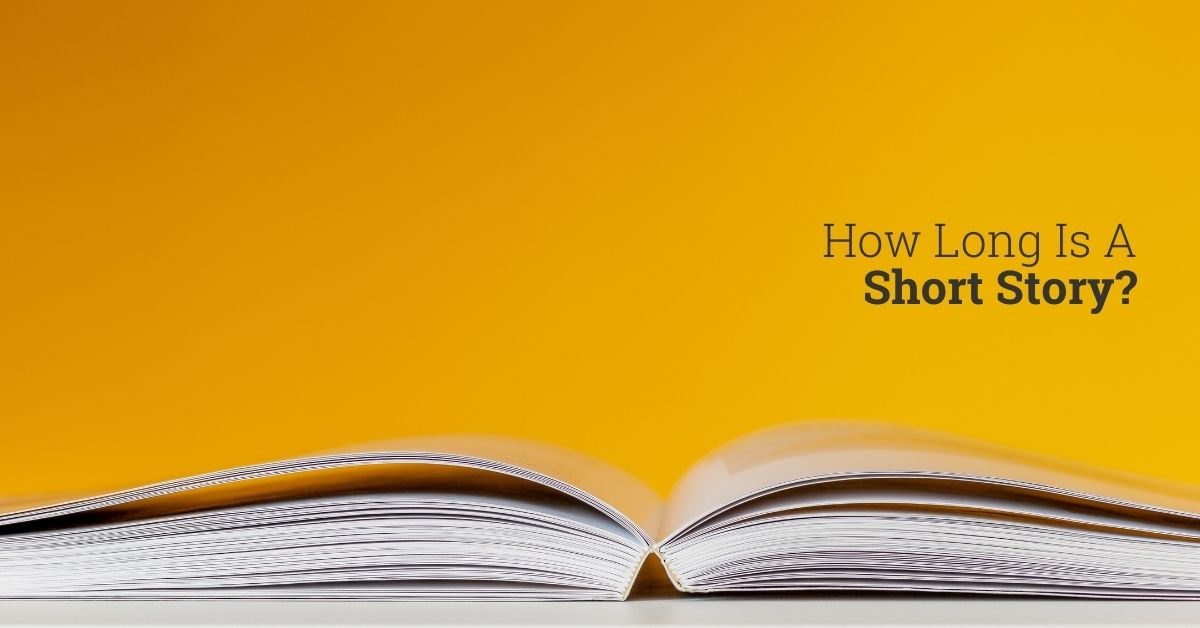Obviously, a short story is the shortest form of prose. But how long or short is a short story?
This isn’t an easy question—of course we know that a short story is typically a ‘short’ piece, but so is a novelette. What’s the unique and appropriate scope (word count and brevity) for a short story.
I have heard a lot of writers talk about short stories, and I have noticed that there are lots of gray areas in these bavardages—most writer to writer conversations that I have had vaguely cover elements like length and depth.
So, I decided to cover all the essential topics that are somewhat of a bother for new wordsmiths. Towards the end, I’ve compiled a list of famous short story writers and their incredible works to offer you some inspiration.
What Qualifies as A Short Story?
A word count is a good element used to qualify a piece of prose as a short story.
But on its own, it’s not sufficient.
There are other elements that have to be looked at for a story to qualify as a short story. We look at things like plot, character arcs, scenes, theme, and many others.
Unlike novellas, short stories have simple plots. They don’t have subplots or extensive backstories.
Typically, a short story has about one or two main characters (with shorter character arcs than a novel) and 5-6 scenes, at the most. Some short stories that I have read had a single drawn-out scene—this helps the reader get immersed into the story because the story doesn’t swing between many scenes.
Another typical characteristic of a short story is the brief reading length. Often, a short story can be read in a single sitting, in minutes, sometimes.
Although a short story takes a short time to read, writing it is a whole different rugged experience.
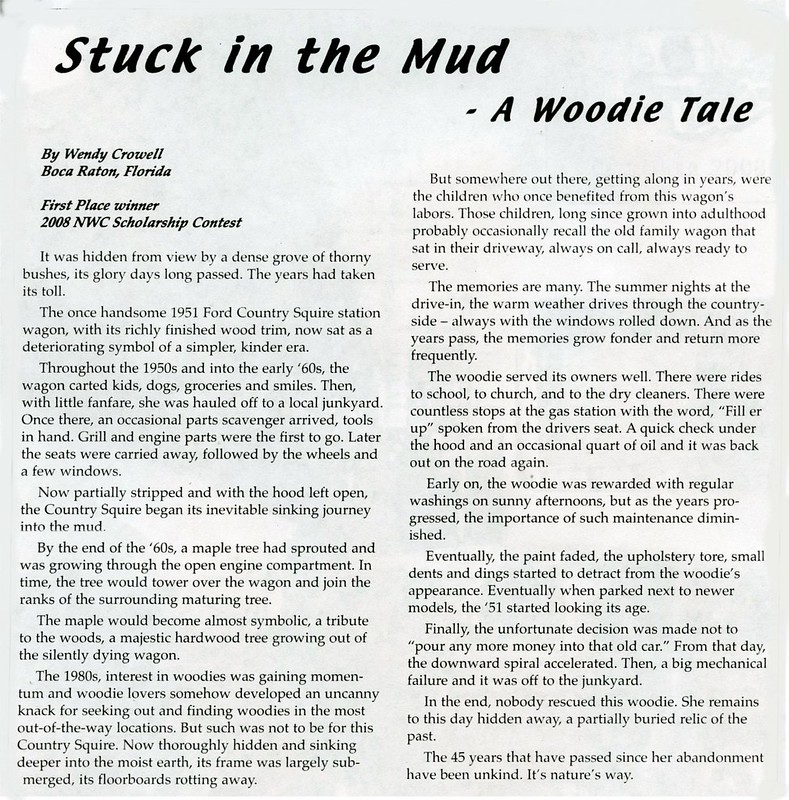
Ways to Measure a Short Story
The most obvious element that qualifies a short story is the word count. After researching the average word counts preferred by many publishers, I settled for the ones below.
How Long Is A Short Story?
Regular short stories lie within the word count range of 1000-7500, but some publishers will accept short stories with word counts of up to 10,000 (which is within the novelette range, I believe).
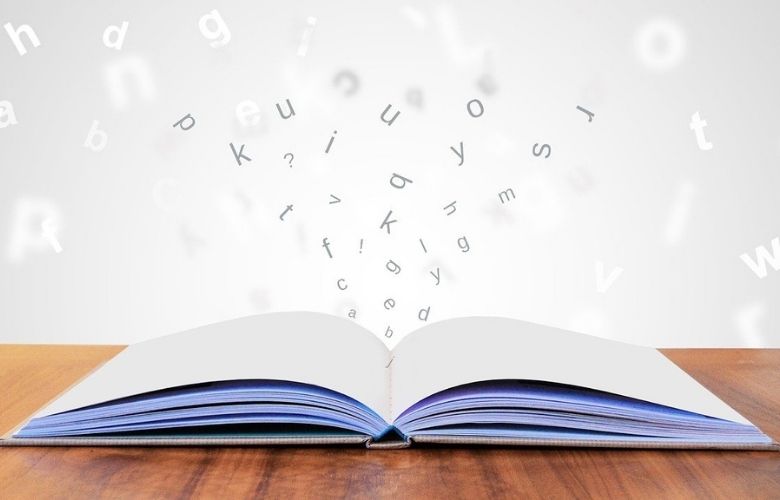
Other Types of Short Stories.
You may have noticed that I referred to the short stories in the previous general definition as “regular short stories”, that’s because short stories below the word count of 1000 are called micro-fiction and flash fiction.
Flash Fiction: If a short story has a word count below 1000 but above 100, it’s called flash fiction. The name flash fiction is befitting because a bibliophile can literally chew this type of fiction in a flash. Flash fiction is usually published as a one-page story in magazines and newspapers.
Micro-Fiction: A piece of fiction consisting of less than 100 words is called micro-fiction. Compared to a regular short story, micro-fiction is often hard to write. Imagine trying to write a very coherent story with just a dozen words. Luckily, there seems to be a good number of humorous micro-fiction pieces still being published in a couple of newspapers, so maybe it’s a sign that publishers love these squabby pieces.
How Many Pages Does a Short Story Have?
I don’t believe that page counts really matter over and above word counts, but it’s still important.
Unlike word count, a page count is (in some cases) affected by formatting issues. To simplify things for yourself, just look at one of the famous publishing houses’ formatting requirements and use them to format your pages.
The average preferred length is 250 words per page… so if you get 5,0000 words stuffed into your story, you’ll have about 20 pages. I’m not particularly good at math, but that calculation would mean that a standard page count for a short story is about 4 to 30 pages.
Obviously, flash fiction covers up to 4 pages, and micro-fiction starts and ends on the same page.
Looking at the page count, it’s plain to see that it’s almost out of the question for traditional publishers to publish your short stories as a single piece. You have to bundle your stories into an anthology (alongside your own works or pieces by other writers).
But, with short stories, you have a better chance of self-publishing than convincing publishing houses to put out your work (even as an anthology), so it would do you little harm to tweak the page formatting according to your preferences and publish it wherever you like—Kindle, Kobo, etc.
How Many Paragraphs Should a Short Story Have?
There are no generally accepted touchstones for the number of paragraphs in a short story.
You could write micro-fiction in a single paragraph, or you might publish a regular short story made of 50 neatly stitched paragraphs.
The options are innumerable.
Sometimes, it might depend on the reason for writing the short story. Is it an academic assignment? Or a submission into a competition?
If you are writing it as an assignment, the assigner might impose paragraph benchmarks so you will have to work with those.
Otherwise, you need not to worry about paragraphs as long as they are readable.
How Long Should It Take to Write a Short Story?

I wish I had a straightforward answer, I really do (it seems like this is how every question will be answered in this post).
But that’s the beauty of fiction writing—mutable laws.
Perhaps I should rephrase the question,
“How Long Does It Take to Write a Short Story?”
Not that the rephrased question makes it any easier for me to answer, but it gives me the license to draw on the experiences of published writers in addition to my own.
Most published authors will tell you that it might take them anywhere from a week to a couple of years just to finish a single story.
You might not believe it, but it’s true, and it’s all thanks to lack of time, writer’s block, lack of ideas, et cetera.
So let me rephrase the question, again, “how soon should I finish writing a short story?”
The answer to that is way simpler than the previous two: you should finish your story as soon as it becomes a coherent piece. That may be a day or two, a week, a month, or some years.
In creative writing, uniqueness is beautiful. You do not necessarily need to go by what some famous writer says is the way of doing things. You have to create your own worlds in your own timelines.
How Long Can a Short Story Be: Is There a Limit?
If you are writing just for the sake of showcasing your creative side, you can blur the upper limit lines.
You can go well beyond the 7.5k or 10k lines that most people regard as the max for a short story.
But…
If you want to get published by traditional publishers or want to enter your story into a competition, then following the established word limit guidelines is a prudent move.
The industry has a lot of publishers and competitions with a lot of marginally different Ts and Cs. For you to be safe and have a greater chance of getting your story by many publishers and competition boards, write within an average range—say 3k to 7.5k.
How Do You Know When a Story Is Done?
A story doesn’t really end; it just becomes enough for a particular context—for a book, a script, a post, etc.
Writers don’t just end a story after writing the “they lived happily ever after” part. They often patch and re-patch, tweak and re-tweak, delete and rewrite the story.
So, how do published authors know “when the story is done?”
First, they understand that writing a story is a process, with consistent stages. Seasoned authors know that after writing the first draft, the story has just begun.
When writing the second draft, the writer gives the story adequate tension, twists, and conflict—the story has to have more meat, juice, and an extra dimension.
By the third draft, the story should have an exciting cohesive plotline, conflict, good pace, and fully rounded characters (with an apprehensible character arc).
After the third draft, there’s almost nothing a writer can add to the storyline. So, after listening to seasoned proofreaders, the writer can polish up the grammar and other minute issues.
The story is ready for publishing, it’s “done”, for now.
Classic Short Stories by Famous Writers
‘A Haunted House’ by Virginia Woolf

‘The Tell-Tale Heart’ by Edgar Allan Poe

‘The Nightingale and the Rose’ by Oscar Wilde

‘The Signal-Man’ by Charles Dickens

“One of These Days” by Gabriel Garcia Marquez

“The Story of an Hour” by Kate Chopin
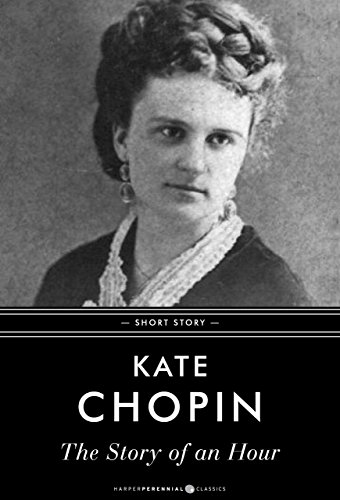
“The Gift of the Magi” by O Henry

“The Lottery” by Shirley Jackson

“The Garden Party” by Katherine Mansfield

“Rip Van Winkle” by Washington Irving

“Baby Shoes” by Ernest Hemingway

What Are Some Popular Short Story Collections?
Remember, most short stories are published as anthologies. Some authors have written so many good stories which have also gotten famous collectively.
Here are some of the most famous collections.
Nine Stories by J.D. Salinger

Labyrinths by Jorge Luis Borges
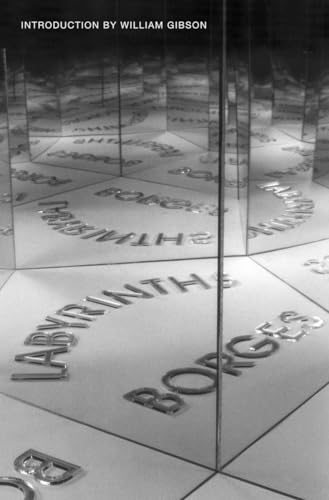
The Things They Carried by Tim O’Brien

Blind Willow, Sleeping Woman by Haruki Murakami

What We Talk About When We Talk About Love by Raymond Carver

Welcome to the Monkey House by Kurt Vonnegut

Complete Stories by Dorothy Parker

The Stories of John Cheever by John Cheever

Suddenly a Knock at the Door by Etgar Keret

It’s Time to Write That Short Story.
I’m quite sure that you now know how long your short story ought to be.
So now, what are you going to write? Flash fiction? Micro-Fiction?
Before you get the actual part, make sure you outline the short story, it’ll save you time and energy and act as a roadmap for your story.
Whatever type of prose you’d choose to write, you should place a huge chunk of your focus on the creative side. The other stuff will hugely depend on the platform you’re going to use to publish your fiction.
